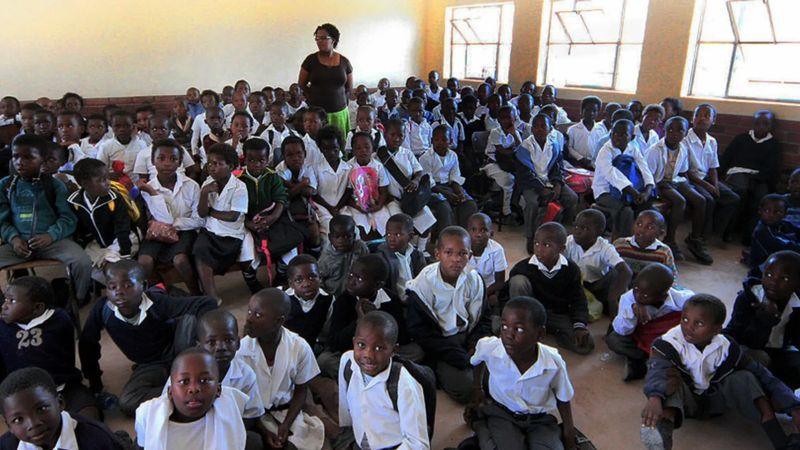Education is the cornerstone of a nation's development, serving as a crucial tool for empowering individuals and fostering economic growth. In South Africa, however, the education system faces numerous challenges, one of the most pressing being the prevalence of oversized classrooms. This issue not only hampers effective teaching and learning but also exacerbates existing educational inequalities. This article explores the causes, impacts, and potential solutions for oversized classrooms in South Africa.
Causes of Oversized Classrooms
Several factors contribute to the phenomenon of oversized classrooms in South Africa. Firstly, rapid population growth and urbanization have led to increased demand for education, often outpacing the construction of new schools and classrooms. Additionally, historical inequalities rooted in apartheid-era policies have left a legacy of inadequate infrastructure in many areas, particularly in rural and township schools.
Another contributing factor is the shortage of qualified teachers. The teaching profession in South Africa faces significant challenges, including low salaries, lack of resources, and difficult working conditions, which deter many from entering or remaining in the field. This shortage means that available teachers must accommodate more students than is pedagogically optimal.
Impacts of Oversized Classrooms
The implications of oversized classrooms are far-reaching and multifaceted. For students, being in a crowded classroom often results in less individual attention from teachers, hindering their ability to grasp complex concepts and receive personalized feedback. This situation can lead to lower academic achievement and decreased motivation.
For teachers, managing large numbers of students can be overwhelming and stressful, contributing to burnout and high turnover rates. This stress is compounded by the need to maintain discipline and create an effective learning environment amid crowded conditions. As a result, the quality of education suffers, perpetuating a cycle of educational disadvantage, particularly for students from marginalized communities.
Solutions to Address Oversized Classrooms
Addressing the issue of oversized classrooms requires a multifaceted approach. One immediate solution is the investment in educational infrastructure. The government, in collaboration with private sector partners, can prioritize the construction of new schools and the expansion of existing ones to accommodate the growing student population.
Recruiting and retaining qualified teachers is another critical step. Improving teacher salaries and working conditions, offering professional development opportunities, and providing adequate teaching resources can help attract and retain talent in the education sector. Additionally, implementing policies that encourage more individuals to pursue teaching as a career can address the shortage of educators.
Innovative teaching methods and the integration of technology can also play a role in mitigating the effects of oversized classrooms. Blended learning models, which combine traditional teaching with digital resources, can provide students with more individualized learning experiences. This approach can be particularly effective in resource-constrained settings.
Oversized classrooms in South Africa present a significant barrier to achieving equitable and quality education for all. By understanding the underlying causes and impacts of this issue, stakeholders can work collaboratively to develop and implement effective solutions. Through investment in infrastructure, support for teachers, and the adoption of innovative educational practices, South Africa can move closer to providing a learning environment where every student has the opportunity to thrive. Addressing this challenge is not only a matter of educational policy but a commitment to the nation's future prosperity and social cohesion.



